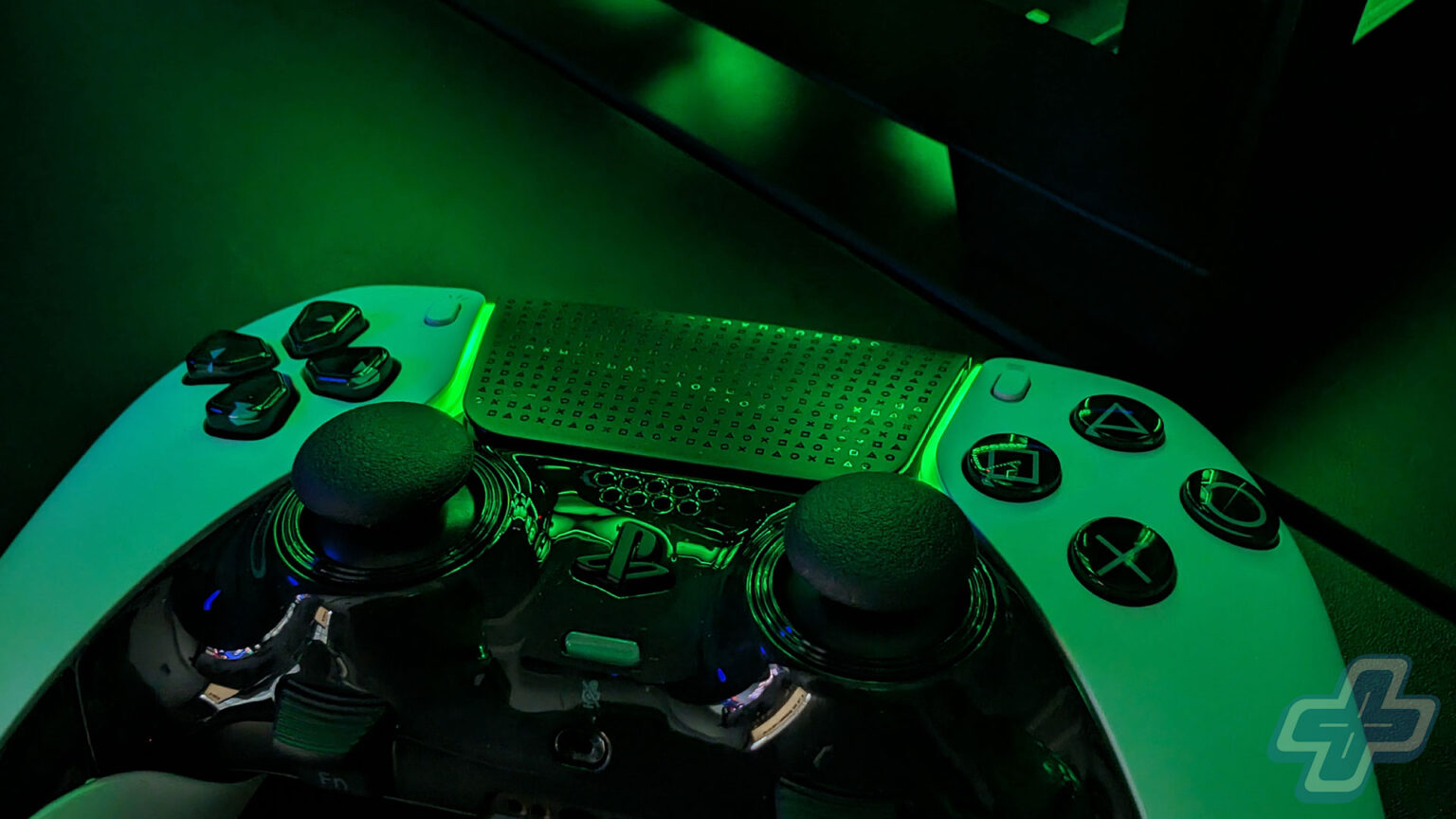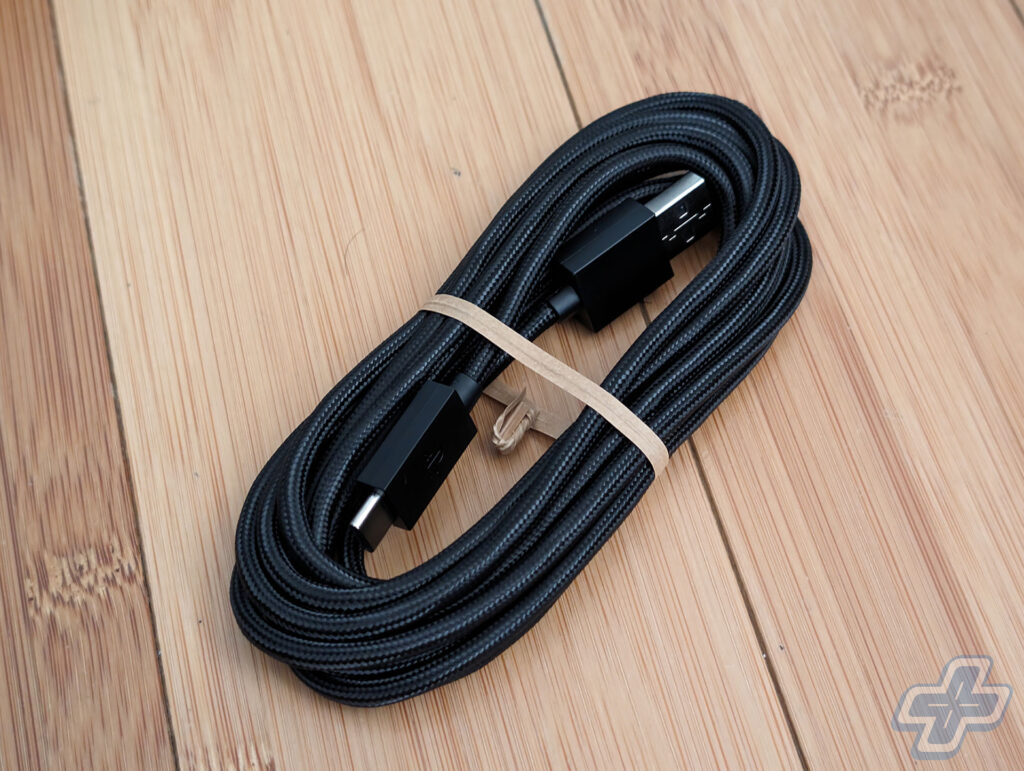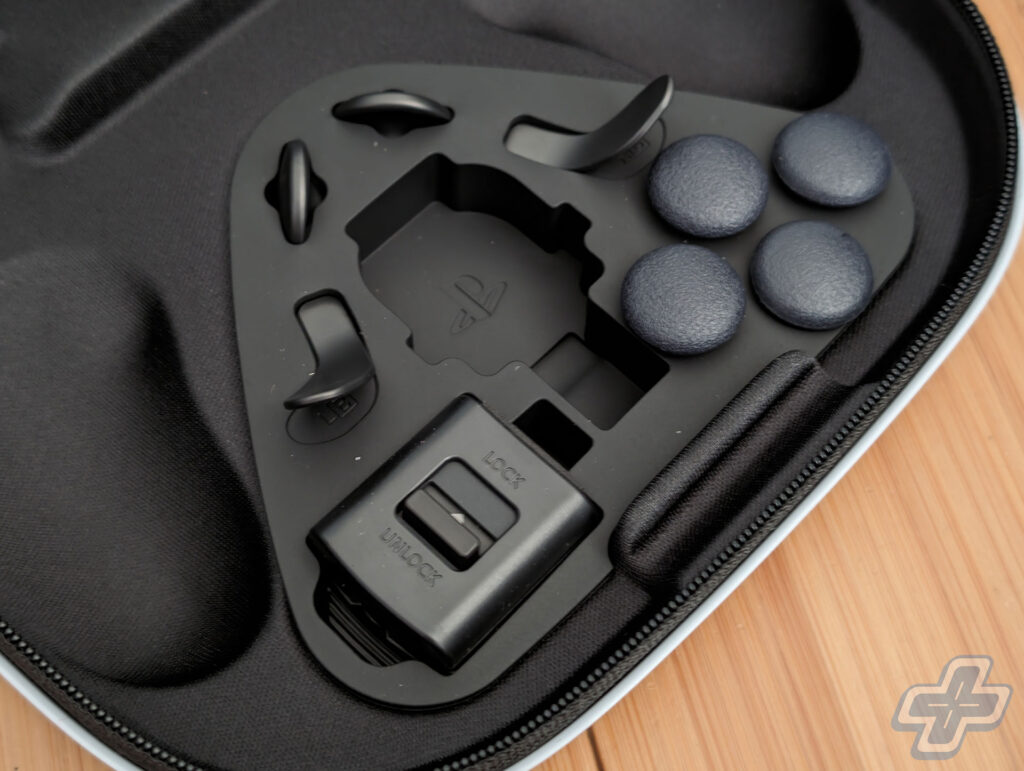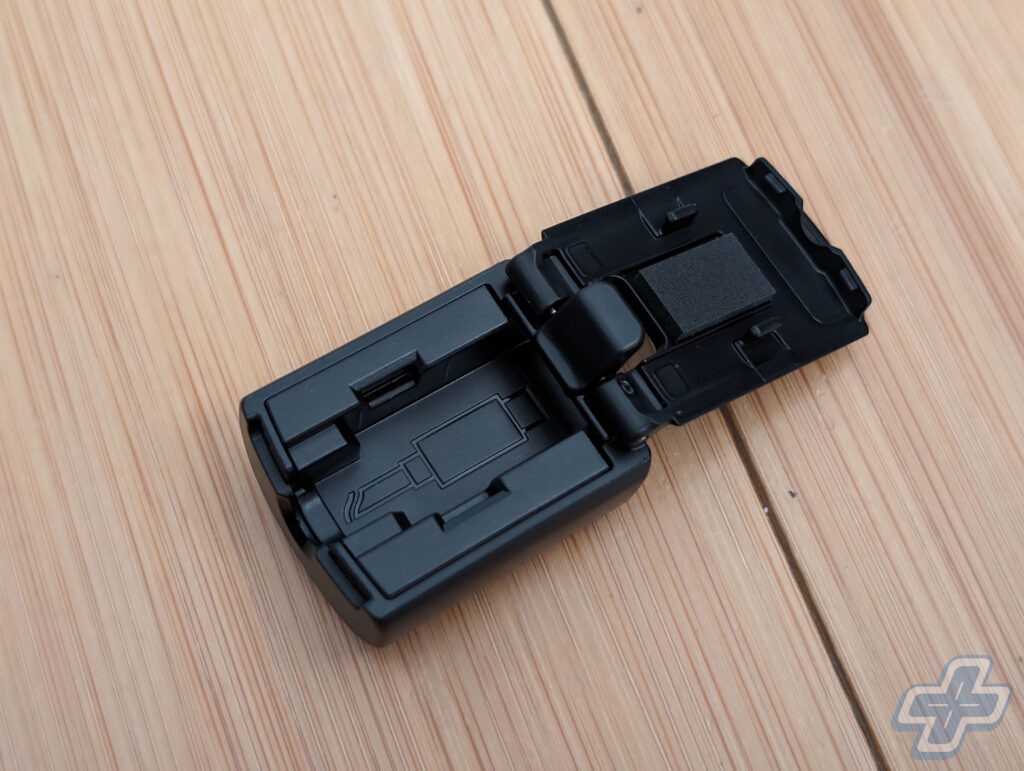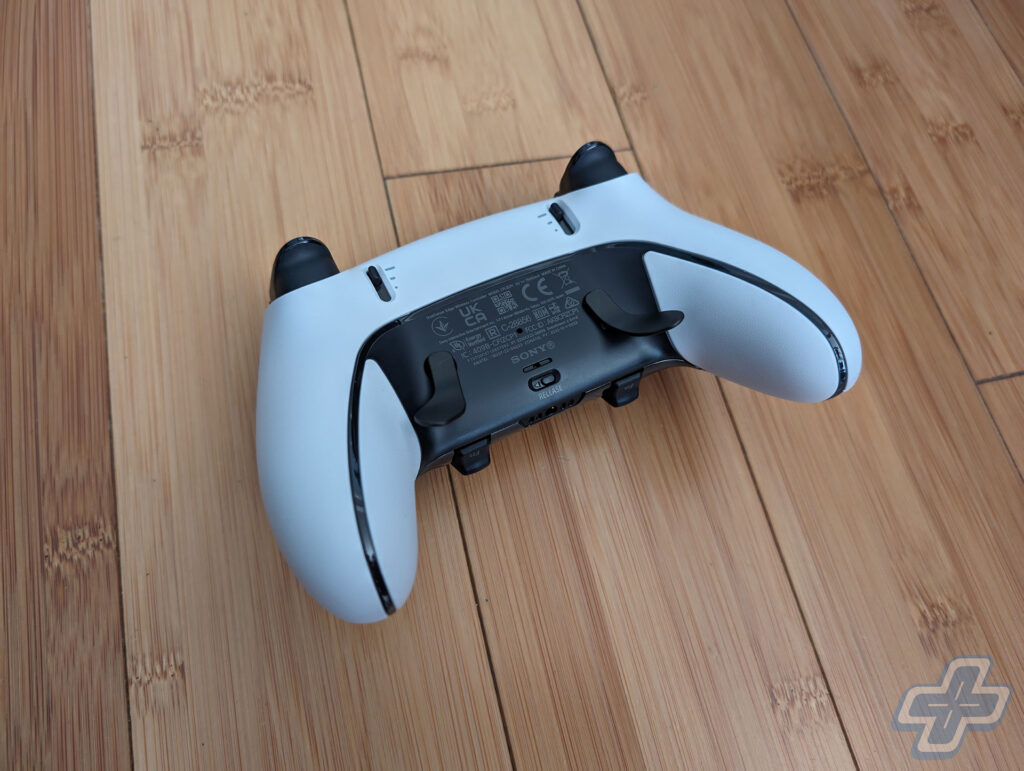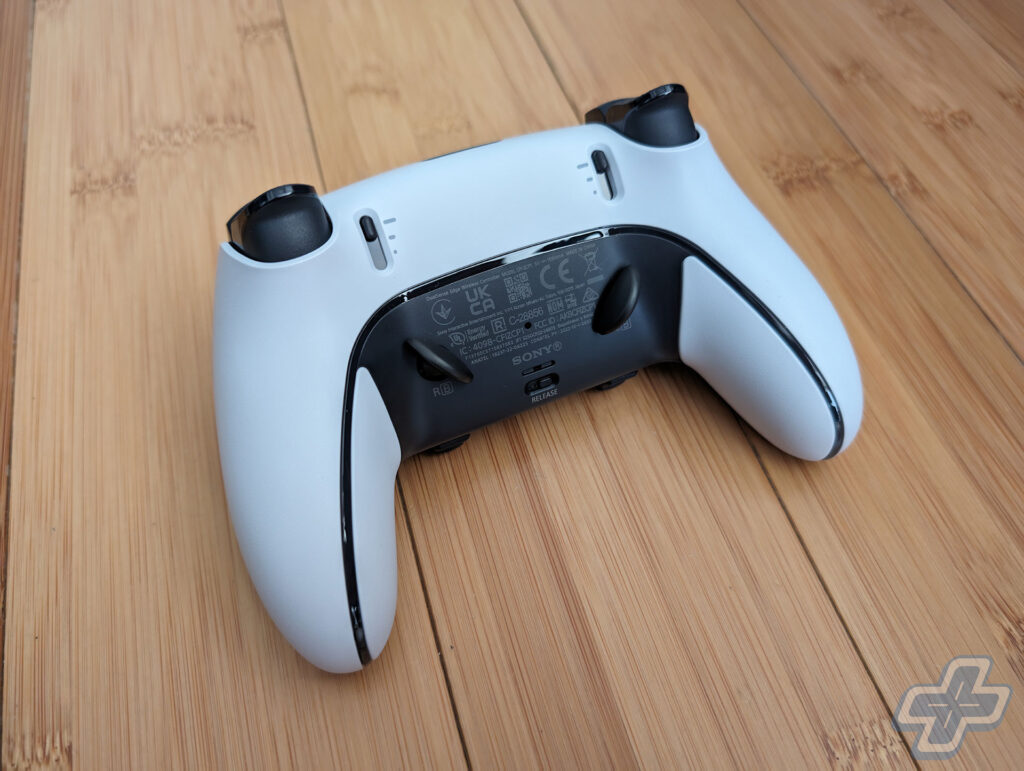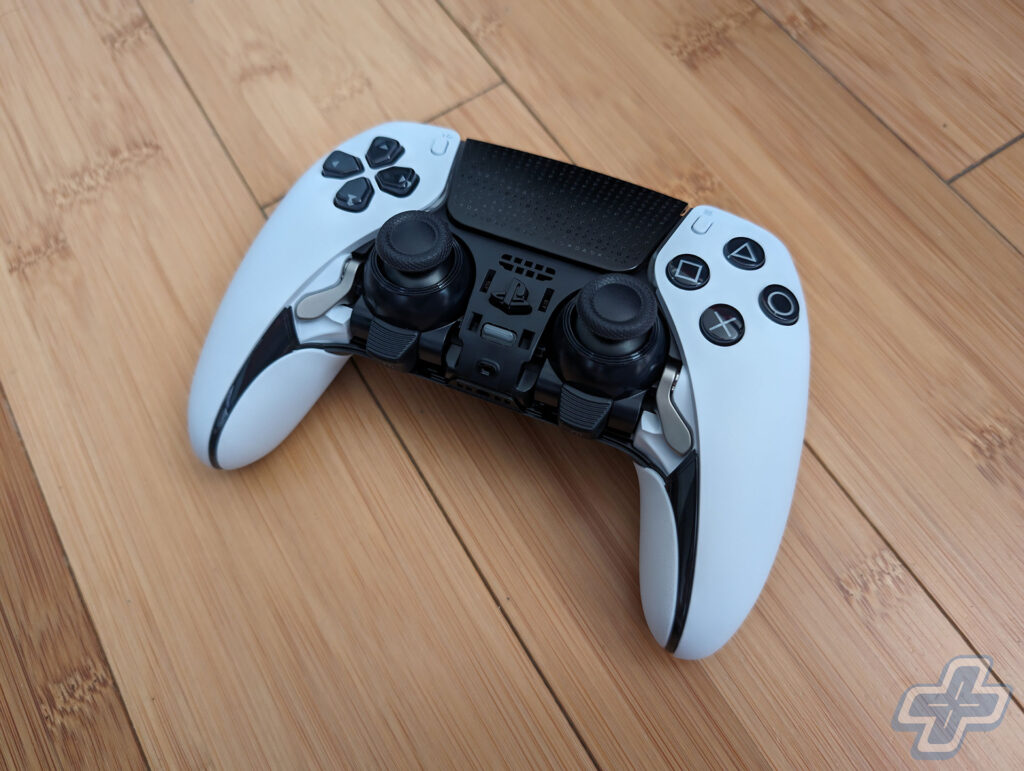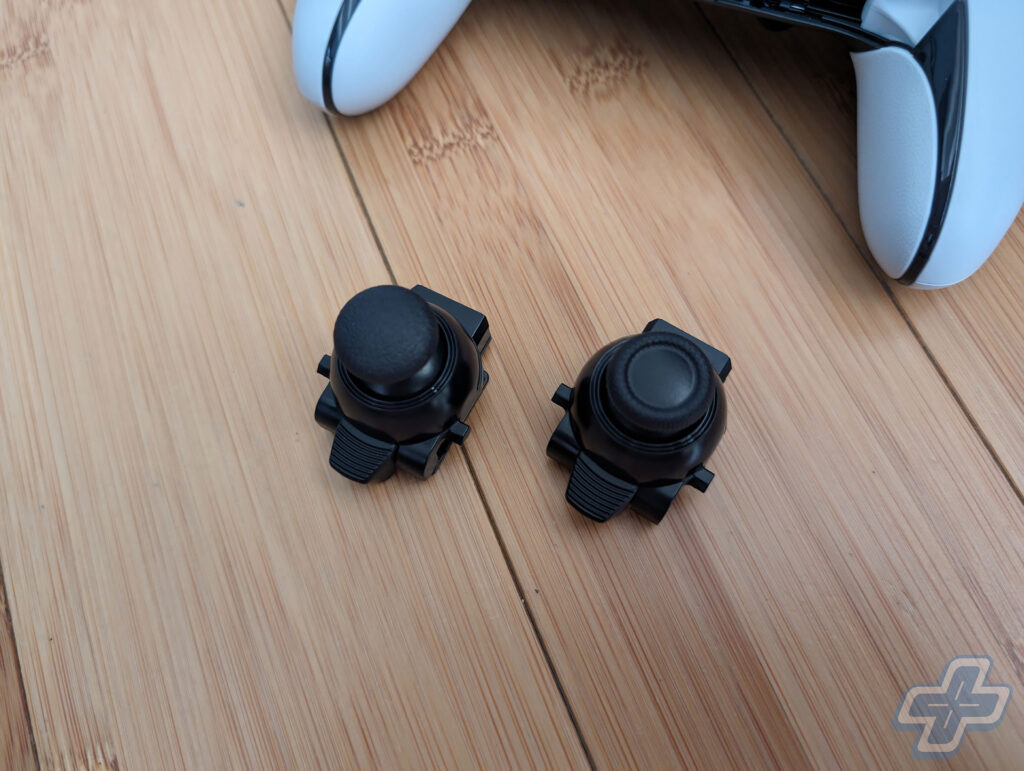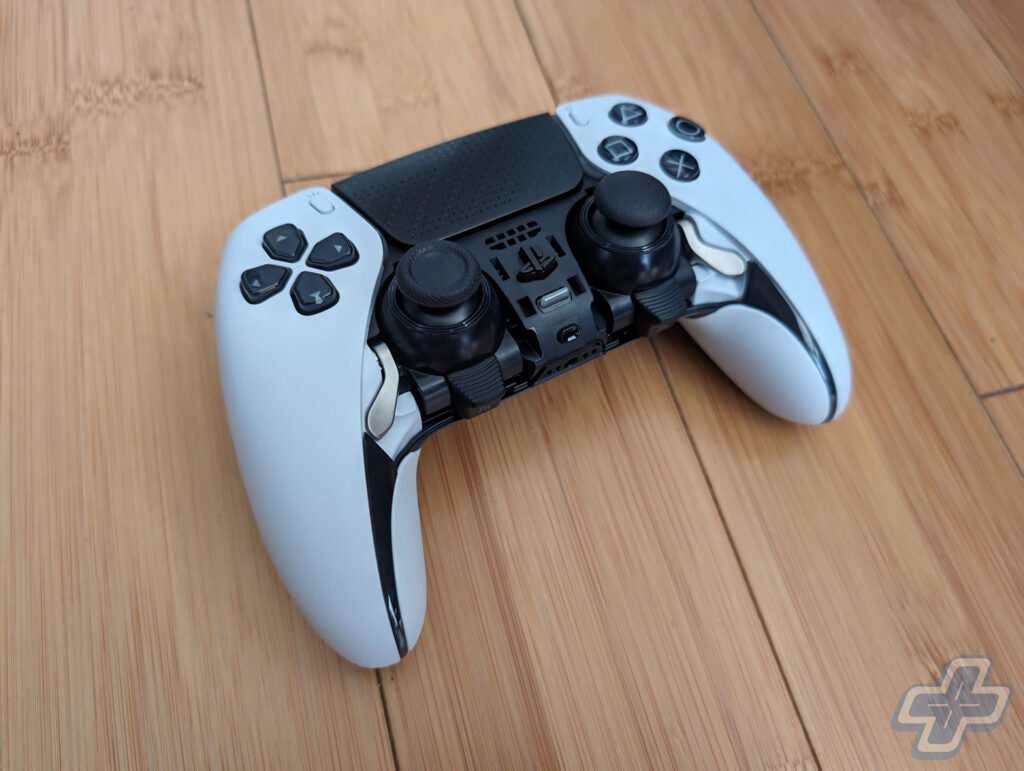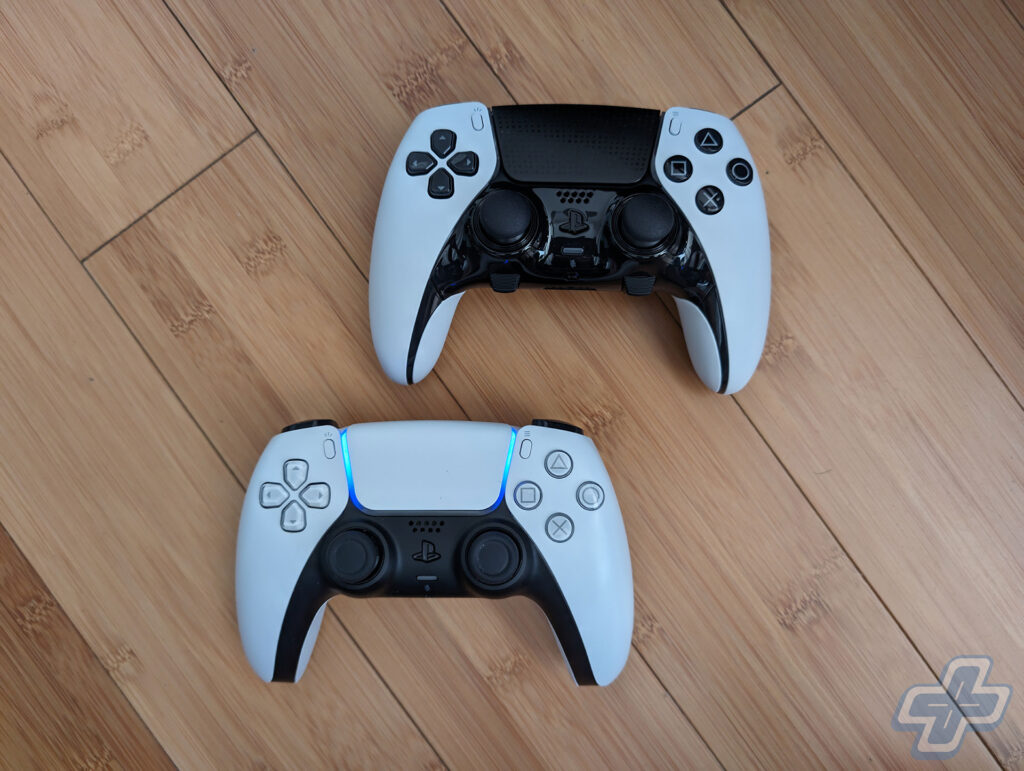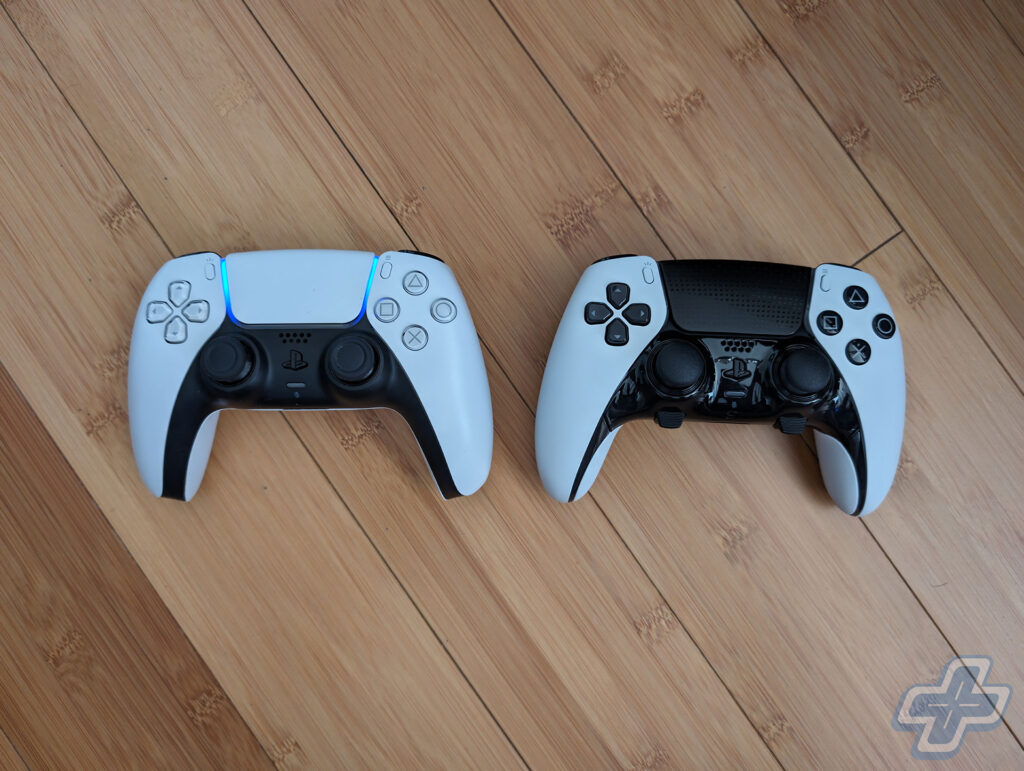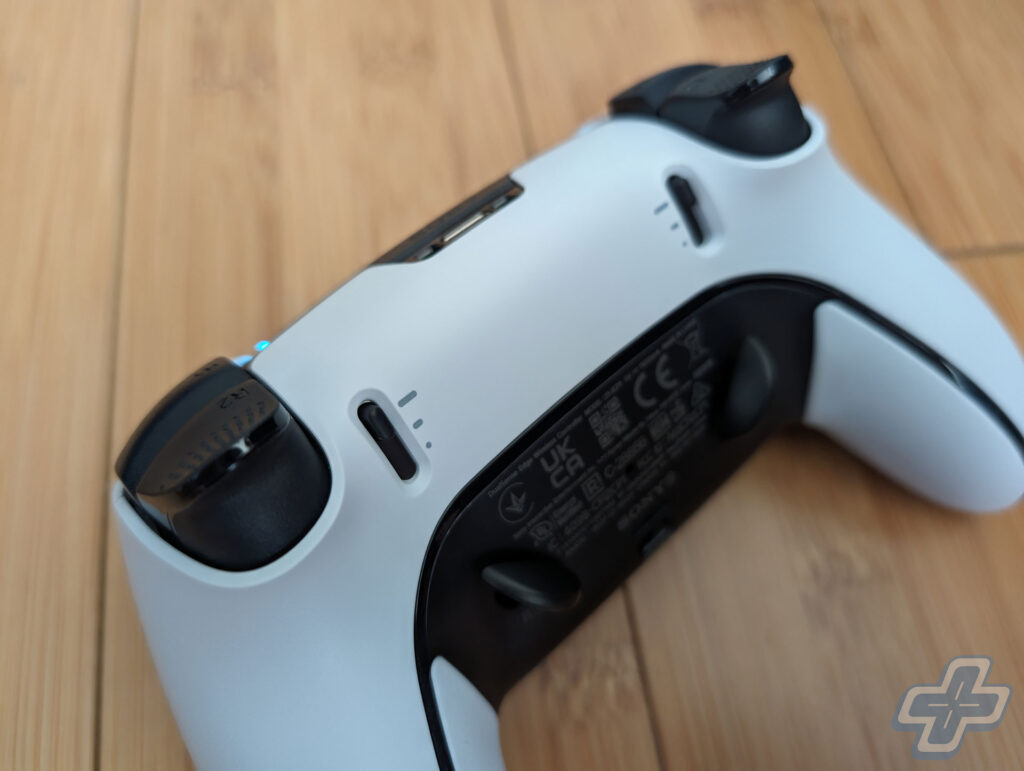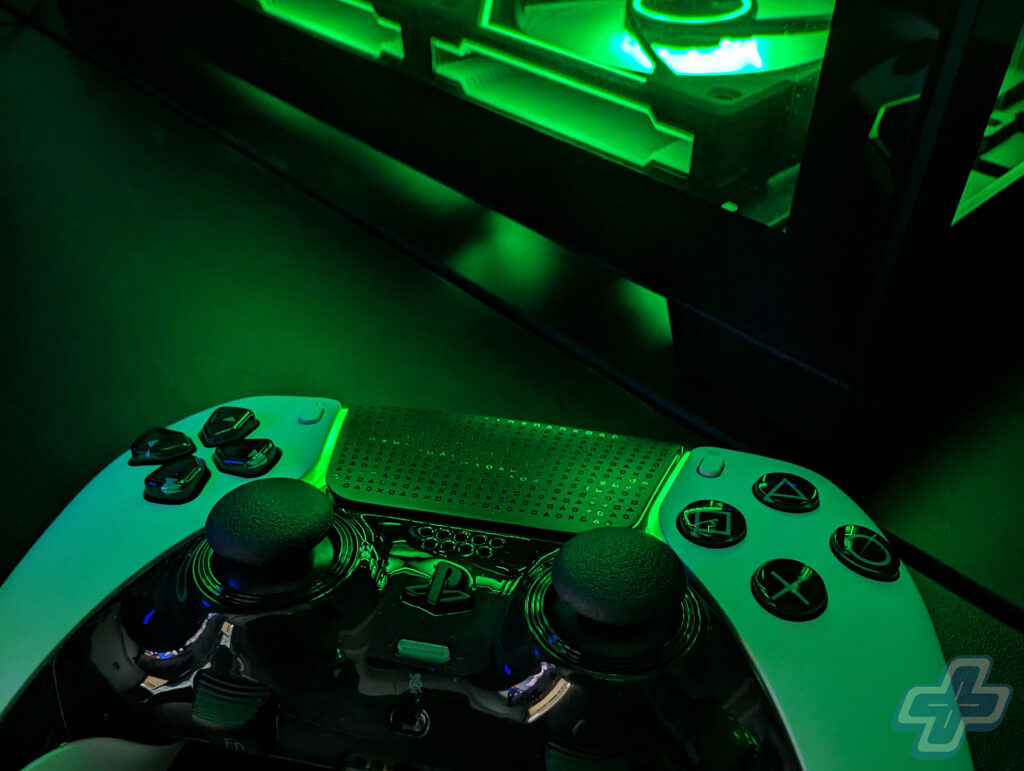Quick Verdict
The DualSense Edge wireless controller by Sony offers a premium experience with additional customization options and improved ergonomics. Priced at $200, it brings several enhancements over the standard DualSense controller, though its value largely depends on your usage.
The premium controller segment has been expanding in recent years, with more and more offerings entering the market priced at $200 USD and up. For Sony, it’s the PlayStation DualSense Edge wireless controller, which takes a few pages from Xbox’s Elite Series of wireless controllers, while adding a couple of tricks of its own. But the segment has a lot more options than just the DualSense Edge and Elite Series 2; you now have controllers from SCUF, Turtle Beach, Razer, Nacon, Victrix, and more.
At nearly three times the price of a standard DualSense controller, it’s fair to question whether the DualSense Edge justifies the premium cost. For that price, you get additional back buttons, adjustable analog sticks, customizable profiles, and added grips. If you’re using it with the PlayStation 5, you’ll get the benefit of hardware and software integration, making it easy to swap profiles to fully take advantage of the controller. If you’re considering it for PC gaming, there might be better options out there since some of the benefits of the DualSense Edge won’t apply to PC.
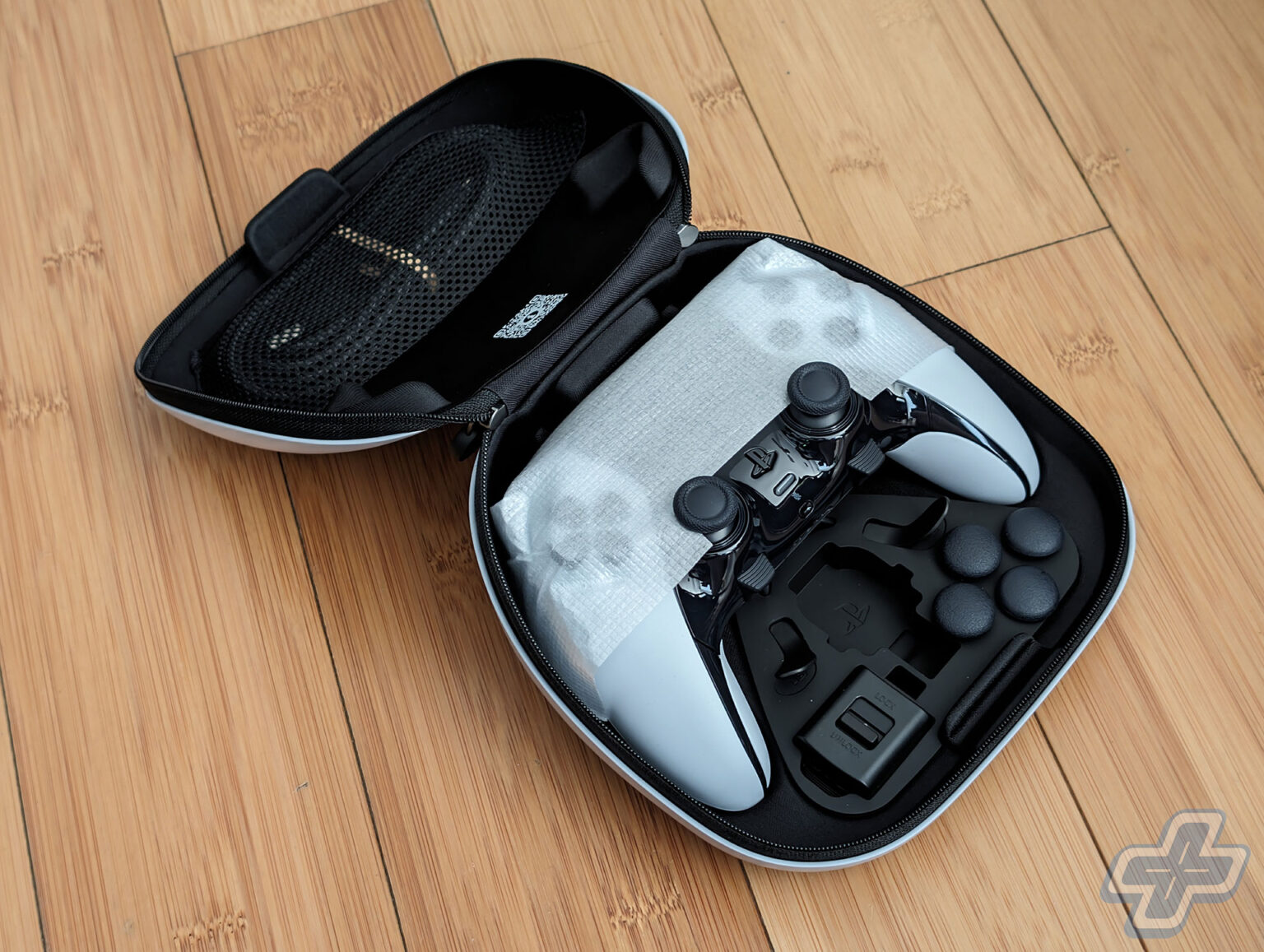
The best way to explain the DualSense Edge is that it feels like a standard DualSense with an assortment of quality-of-life changes. The overall design feels very familiar, with the biggest noticeable change being the additional buttons on the back of the controller. Unlike the Xbox Elite, which has four back buttons, the DualSense Edge opts for only two. There is also a Function (Fn) button located underneath each of the two analog sticks. These buttons can be used to switch between profiles, access settings, and adjust volume and audio balance. Lastly, the controller’s analog sticks are removable, meaning you can replace them if you run into any joystick drift issues.
The controller comes packed inside a hardshell case along with its accessories, which include a braided USB cable, six caps for the analog sticks (two standard, two high dome, and two low dome), four back buttons (two half dome and two lever), and a connector housing. The connector housing locks to the controller, preventing the USB cable from accidentally detaching while charging. There’s also a small opening on the back of the case, so you can charge the controller while it’s inside.
For the changeable stick caps, the choice will come largely down to personal preference. For me, I loved being able to go back to the same dome design as the PlayStation 3 DualShock controller—which was also used in the original PlayStation and PlayStation 2 controllers. Since I spent significantly more hours gaming during the PlayStation to PlayStation 3 eras, compared to the PlayStation 4 and PlayStation 5 generations, I find using the dome sticks much more comfortable.
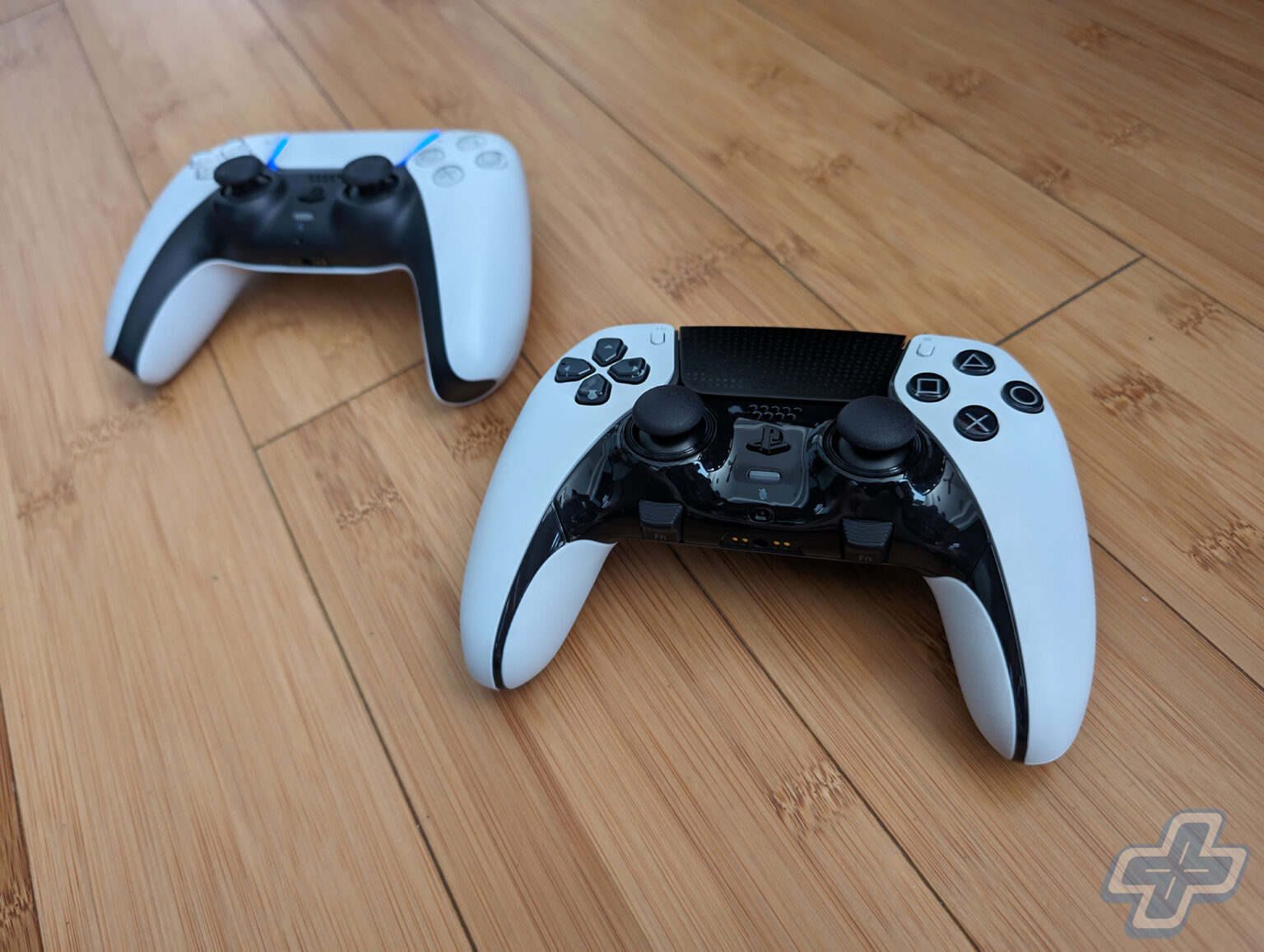
I’ve been using the DualSense Edge for the first half of this year, logging over 217 hours with it in Final Fantasy VII Rebirth alone. While Sony might claim the biggest advantage of the controller is the software integration, I personally find the additional two back buttons to be the most important benefit. Throughout Final Fantasy VII Rebirth and Stellar Blade, the two back buttons were a real advantage, allowing me to easily execute a dodge without awkwardly reaching over to the circle button. The other back button was mapped to target lock, so I didn’t have to push down on the thumb stick. This was the main reason I decided to purchase the DualSense Edge, having been familiar with the advantages of additional back buttons from using an Xbox Elite controller and the Steam Deck. I’m looking forward to revisiting Elden Ring with the DualSense Edge.
For others, the biggest benefit of the DualSense Edge is the ability to remap or deactivate button inputs, and the ability to fine-tune stick sensitivity and dead zones. After configuring the settings to your personal preferences, you can save them to unique profiles and use the Function buttons to swap between them instantly. This might be worth the price of admission for gamers who play a variety of genres—you can have one profile for first-person shooters, and another for soulslike RPGs.
I don’t play many shooters on console, but I found the sliders for the triggers to be handy for certain minigames in Final Fantasy VII Rebirth. I imagine other gamers will find these more beneficial than I did, but there is a noticeable difference among the three settings. Finding the right setting paired with adjusting the individual dead zones for each trigger can result in a much more responsive gaming experience.
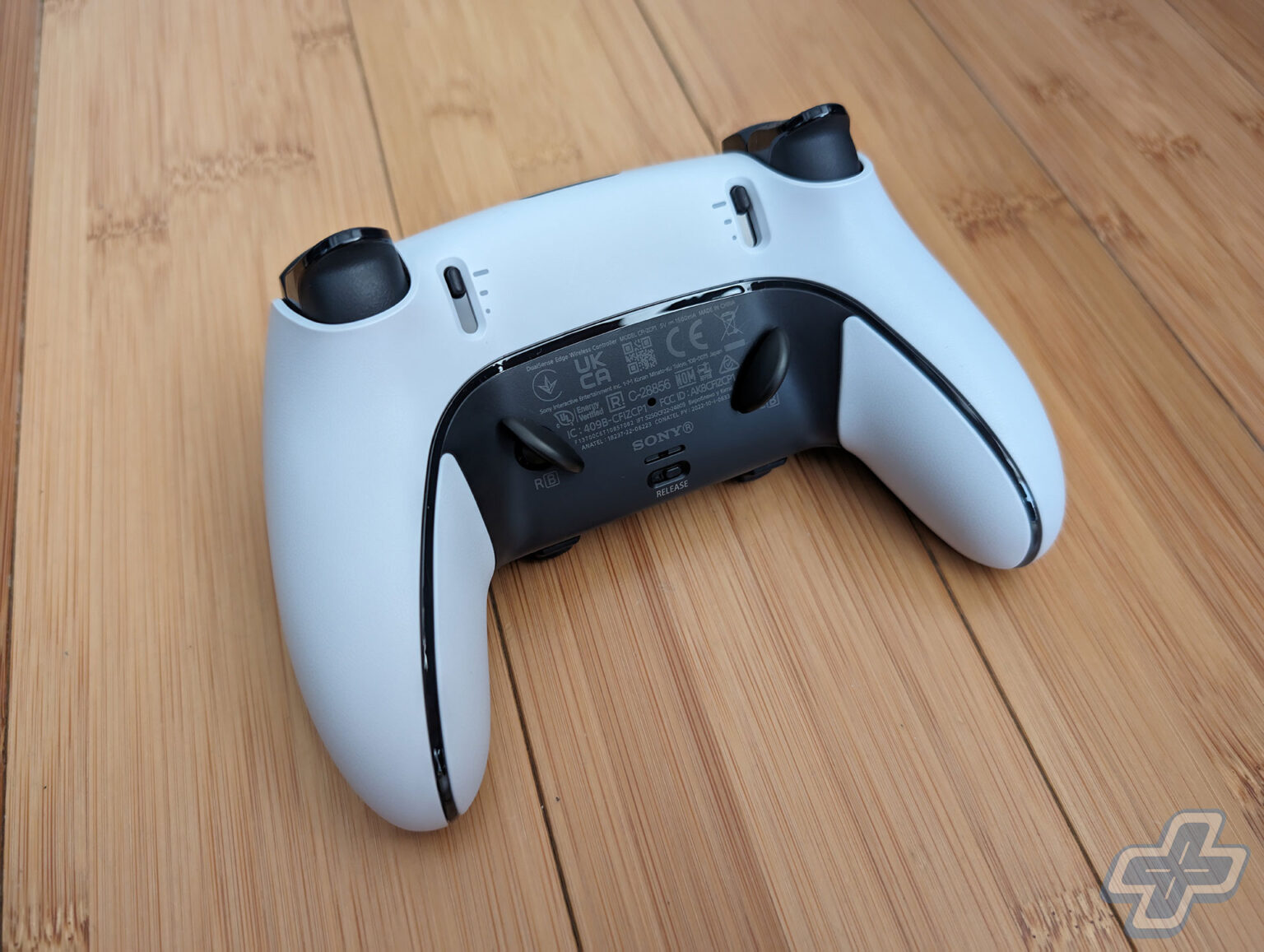
After experimenting with the two back button options, I settled on the half dome option despite using levers on the Xbox Elite. I found the half dome buttons to be better at preventing accidental presses, and they felt less in the way. I also liked that I could rest my middle fingers on them throughout gameplay, knowing it would take a bit of effort to trigger the actual button push. The replaceable analog sticks are the same as those on the standard DualSense controller, with replacements sold for $20 per unit.
Now that I’ve covered all the hardware changes, it’s time to focus on the software benefits. The controller can store up to three profiles, and it comes with preset profiles for stick sensitivity if you aren’t inclined to fine-tune everything yourself. The presets include quick, precise, steady, digital, and dynamic, ranging from quickly aiming in FPS games to a slight tilt of the stick resulting in nearly maximum input, which might come in handy with fighting games. Other customization options include button assignments, deadzone tuning (which applies to triggers as well), vibration intensity, and trigger effect intensity.
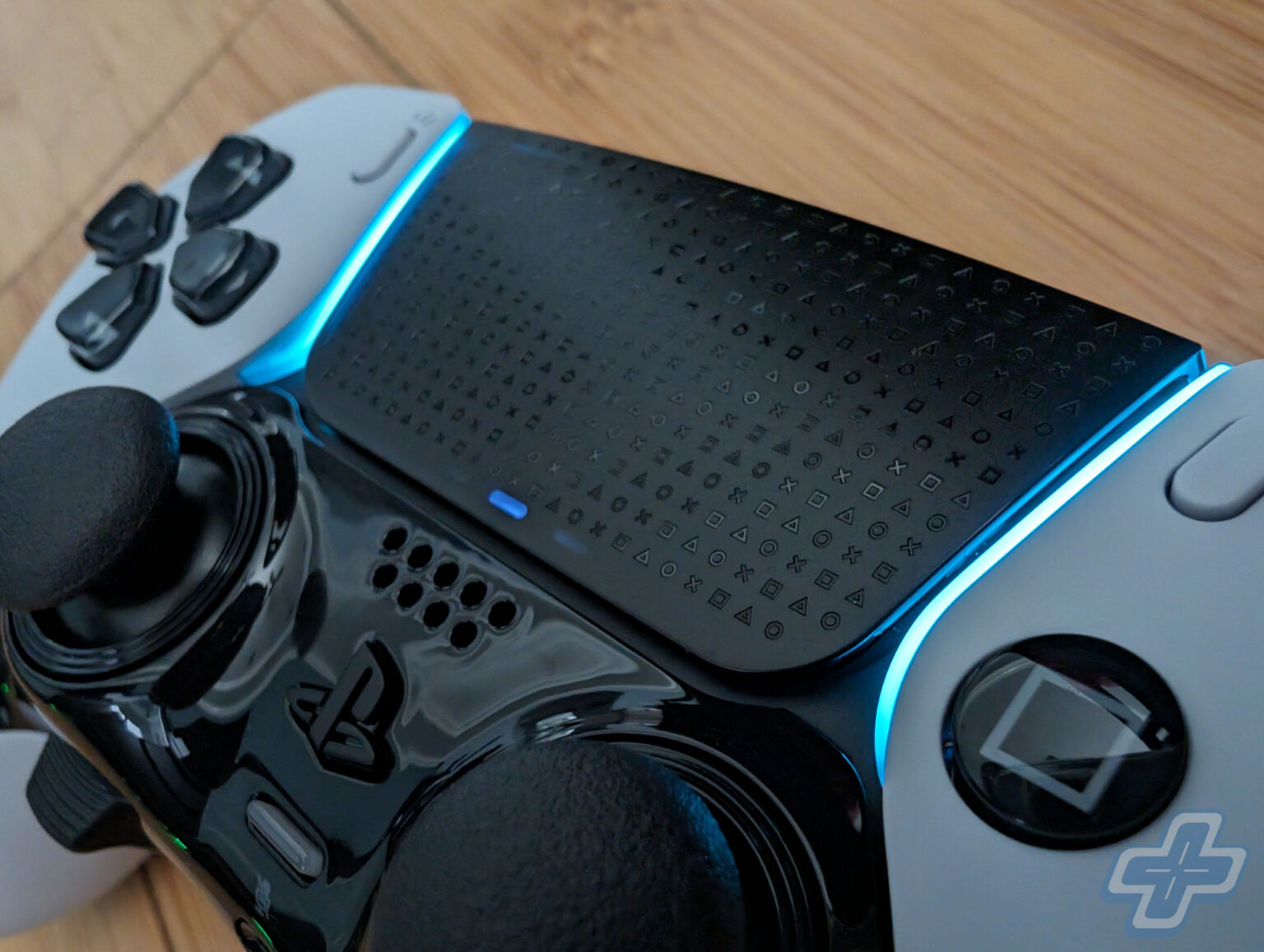
Aesthetically, the DualSense Edge features a more prominent black and white theme than the standard DualSense controller. The black touchpad features the iconic PlayStation symbols, which contrast with the rest of the controller. I personally could have done without the glossy, piano black treatment by the thumbsticks, as I prefer the matte on the standard controller. It’s worth noting that the controller is slightly thicker, so it may not work with aftermarket charging docks, specifically the ones where the controller uses the USB port to charge, requiring you to dock it upside-down.
On paper, the DualSense Edge is 46 grams heavier than the standard DualSense, but I found this difficult to notice. The overall balance of the controller feels the same, and the weight difference is really only noticeable if you’re wielding each controller in separate hands. In terms of battery life, I didn’t find a noticeable difference between the two controllers. It’s hard to discuss the DualSense Edge’s battery life, as it largely depends on the features you’re using and the game you’re playing. But I think it’s safe to say that you shouldn’t expect any improvement in battery life over the standard DualSense.
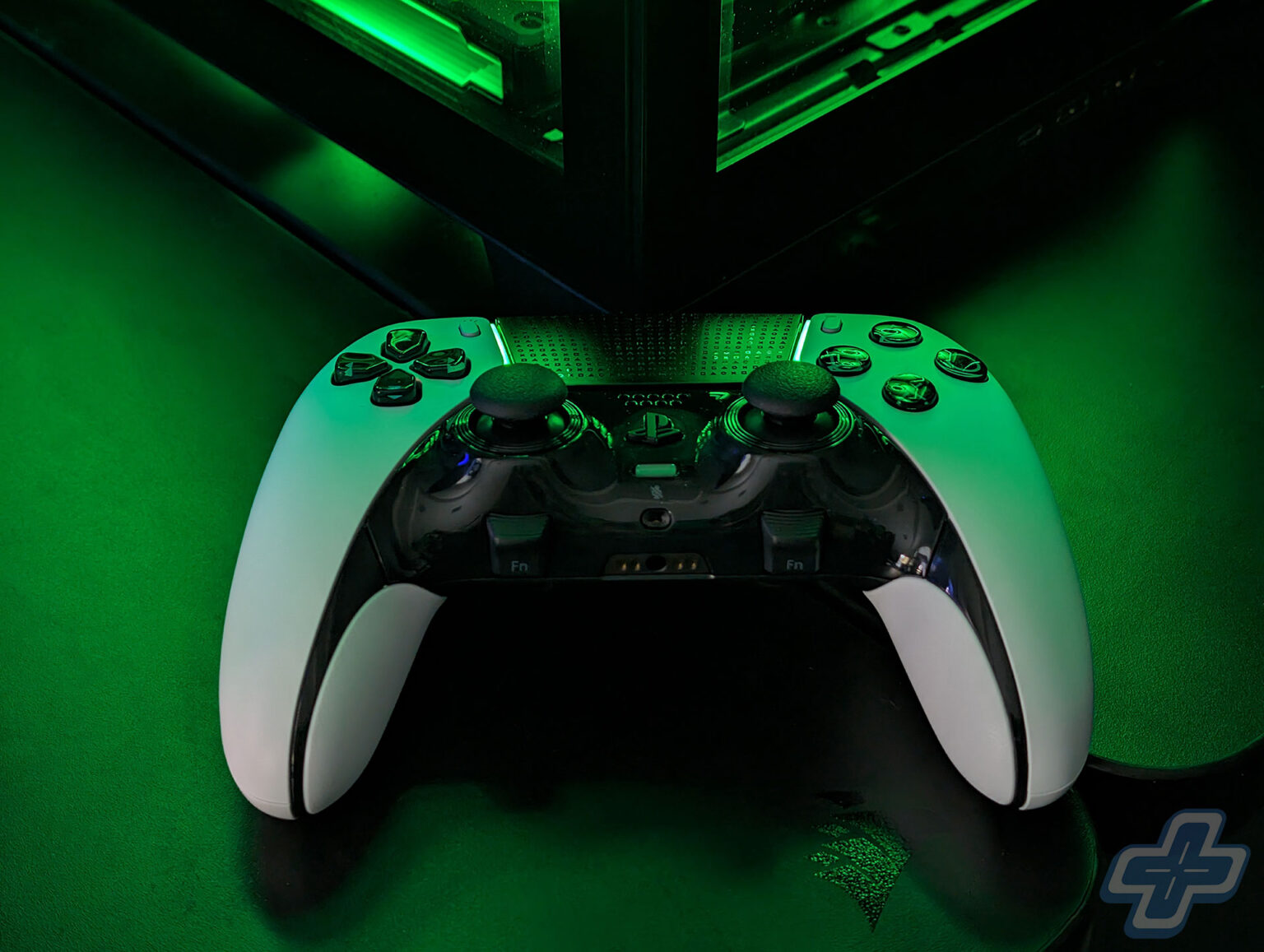
For the casual PlayStation 5 gamer, the DualSense Edge may not make much sense, unless the $200 price tag doesn’t bother you. The benefits of the controller largely rest on the games you’re playing and whether you’re the type who likes to customize and fine-tune your gaming experience. It works best with the PlayStation 5, and I would recommend other options if you’re shopping for a PC controller. I’ve decided to keep my older, standard DualSense connected to my PC and the DualSense Edge synced to the PlayStation 5. I didn’t find the benefits of using the Edge on PC worth resyncing every time.
Since $200 means different things to different people, it’s hard to say whether the DualSense Edge is worth it, even if you do all your gaming on the PlayStation 5. I’m confident I would have spent more than 217 hours on Final Fantasy VII Rebirth’s platinum trophy without it, so I feel like I’ve already gotten my money’s worth. The customizable profiles aren’t as big of a selling point for me, but it’s nice to know they’re there. I imagine some gamers will be happy to pay $200 to remap buttons in their favorite games, making the overall experience better. Overall, the DualSense Edge offers noticeable improvements for dedicated gamers who value customization and additional features. While its higher price may deter casual players, those who invest the time to configure and utilize its capabilities will likely find it worth the price.
I found that there are clear advantages to using the DualSense Edge, which may result in less frustrating experiences in certain games. If that lowers the possibility of throwing your controller in frustration because Bahamut Arisen is a jerk, then maybe that’s the best reason to spend $200 on the DualSense Edge.
DualSense Edge Controller
The DualSense Edge wireless controller was released on January 26, 2023. This review is based on a purchased retail unit and tested on PlayStation 5 and PC. While FullCleared does have affiliate partnerships, they do not influence our editorial content. We may, however, earn commissions for products purchased via affiliate links.

